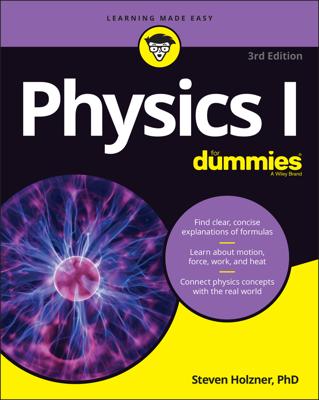The core of M-theory is the idea that each of the five string theories is actually a variation on one theory. This new theory — M-theory — is an 11-dimensional theory that allows for each of the existing theories (which are 10-dimensional) to be equivalent if you make certain assumptions about the geometry of the space involved.
The basis for this suggestion was the understanding of dualities that were being recognized among the various string theories. A duality occurs when you can look at the same phenomenon in two distinct ways, taking one theory and mapping it to another theory.
Topological duality: T-duality
One of the dualities discovered in the mid-1990s was called T-duality, which refers to either topological duality or toroidal duality, depending on whom you ask. The T-duality related the Type II string theories to each other and the heterotic string theories to each other, indicating that they were different manifestations of the same fundamental theory.
In the T-duality, you have a dimension that is compactified into a circle (of radius R), so the space becomes something like a cylinder. It’s possible for a closed string to wind around the cylinder, like thread on a spindle. The number of times the closed string winds around the cylinder is called the winding number. You have a second number that represents the momentum of the closed string.
Here’s where things get interesting. For certain types of string theory, if you wrap one string around a cylindrical space of radius R and the other around a cylindrical space of radius 1/R, then the winding number of one theory seems to match the momentum number (momentum, like about everything else, is quantized) of the other theory.
In other words, T-duality can relate a string theory with a large compactified radius to a different string theory with a small compactified radius (or, alternately, wide cylinders with narrow cylinders). Specifically, for closed strings, T-duality relates the following types of string theories:
Type IIA and Type IIB superstring theories
Type HO and Type HE superstring theories
The end result of T-duality is an implication that Type IIA and IIB superstring theories are really two manifestations of the same theory, and Type HO and HE superstring theories are really two manifestations of the same theory.
Strong-weak duality: S-duality
Another duality that was known in 1995 is called S-duality, which stands for strong-weak duality. The duality is connected to the concept of a coupling constant, which is the value that tells the interaction strength of the string by describing how probable it is that the string will break apart or join with other strings.
Because of the mathematical methods that string theorists have to use to approximate the solutions to string theory problems, it was very hard to determine what would happen to string theories that were strongly coupled.
In S-duality, a strong coupling in one theory relates to a weak coupling in another theory, in certain conditions. In one theory, the strings break apart and join other strings easily, while in the other theory they hardly ever do so. In the theory where the strings break and join easily, you end up with a chaotic sea of strings constantly interacting.
Trying to follow the behavior of individual strings is similar to trying to follow the behavior of individual water molecules in the ocean — you just can’t do it. So what do you do instead? You look at the big picture. Instead of looking at the smallest particles, you average them out and look at the unbroken surface of the ocean, which, in this analogy, is the same as looking at the strong strings that virtually never break.
S-duality introduces Type I string theory to the set of dual theories that T-duality started. Specifically, it shows that the following dualities are related to each other:
Type I and Type HO superstring theories
Type IIB is S-dual to itself
If you have a Type I superstring theory with a very strong coupling constant, it’s theoretically identical to a Type HO superstring theory with a very weak coupling constant. So these two types of theories, under these conditions, yield the exact same predictions for masses and charges.

